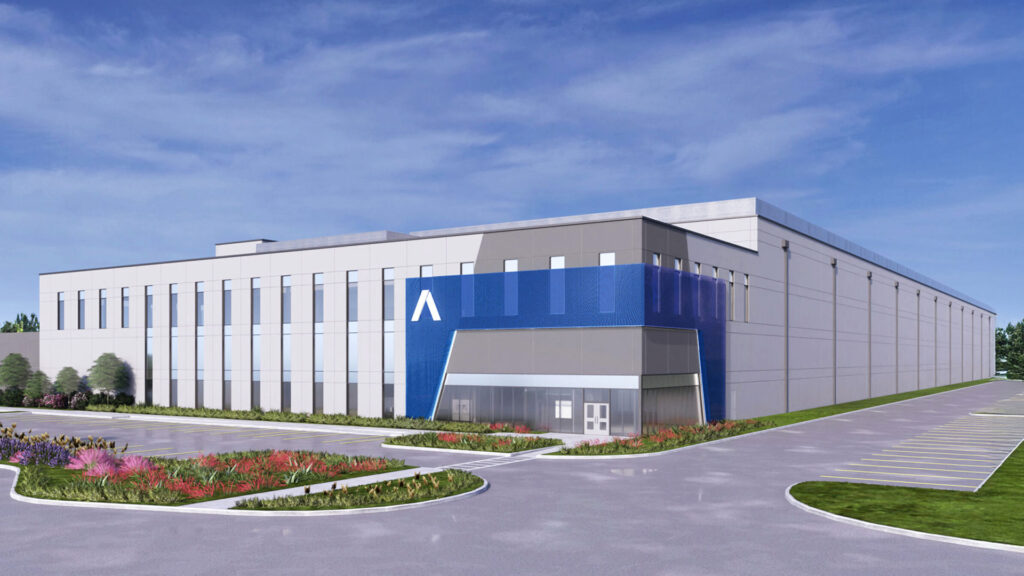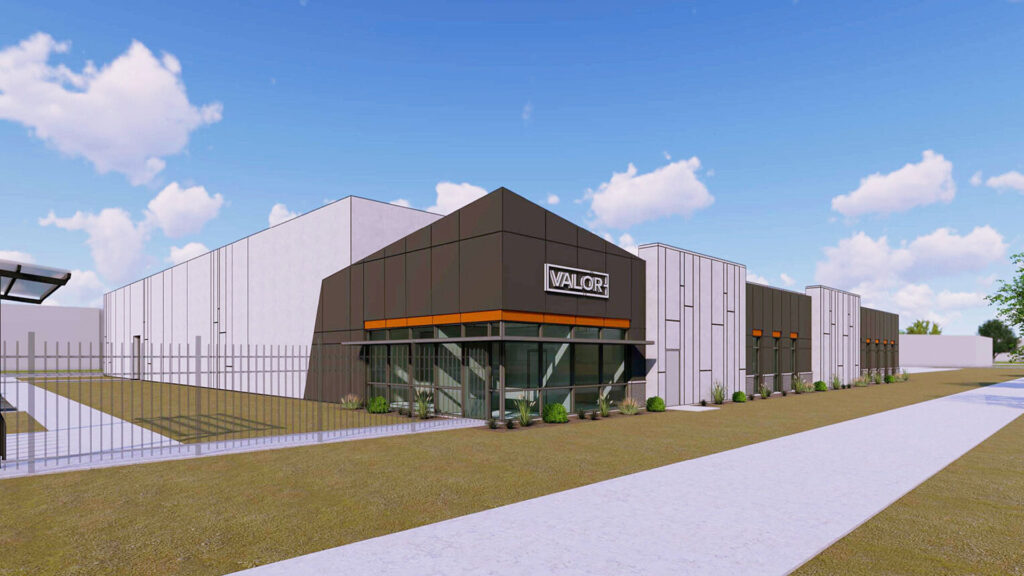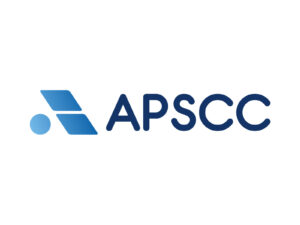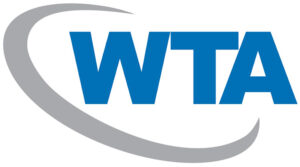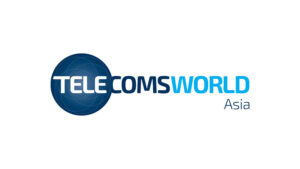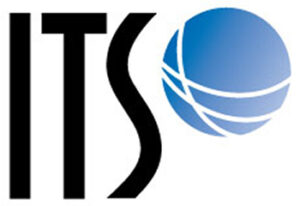Landing traffic as close to customers as possible to deliver a greater user experience
New figures published by TeleGeography saw international Internet bandwidth capacity growth increase 35% between 2019 and 2020 – from 450 terabits per second (Tbps) to over 600 Tbps.1 Google, Facebook, Amazon, and Microsoft have become the dominant sources of international bandwidth demand at 66% of total global capacity as of 2020,2 mainly due to their part in creating much of the Internet’s content.
Consumers of Internet content around the world are also growing exponentially – 4.66 billion people (close to 60% of the world population) according to Statista.3 Between global content providers and consumers, Internet traffic from around the world is traversing networks that cross land, sea, and space from 5G cell towers, subsea cables, and low-orbiting satellites.
Regardless of the method with which Internet traffic is transported, one truth remains – proximity matters. The closer the sources of Internet traffic are to the consumer, the lower the latency and that translates into a better quality of experience (QoE).
This topic, and others directly related to it, will be featured at PTC’22.
Bringing Subsea Cables Closer to Service Providers and Consumers
As TeleGeography has reported, more than 99% of international communications are carried over fiber optic cables, most of them undersea. The latest TeleGeography submarine cable map depicts 447 cable systems and 1,194 landing stations globally that are currently active or under construction.
This boom in subsea cable landing stations (CLS) around the world reflects the demand for Internet data traffic access. The goal of globally distributed landing stations is to get them as close to population centers as possible and reduce latency to deliver the greatest possible user QoE. This requires proximate access between CLS locations and network service providers (NSPs) and their customers. To gain access to multiple terrestrial NSPs with diverse routes to major global metro markets, today’s cable owners and operators are terminating their subsea cable capacity on land at a carrier-neutral colocation data center. Subsea cable operators can then house their CLS equipment and access direct and secure interconnection to NSP ecosystems (including content delivery networks), cloud/SaaS providers, and enterprise customers.
Bringing Satellite Data Down to Earth
According to ESRI, there are approximately 5,695 active satellites globally (not including space “junk”)4. Low Earth orbit (LEO) satellites extend broadband coverage to millions of customers and there’s a long list of satellite broadband players looking to lead in this market, including AWS, SpaceX, OneWeb, and Telesat.
5G technology will dramatically change how these satellites become more integrated into mainstream communications by enabling satellite service providers to offer a much wider range of access services in support of mobile/wireless communication. Mobile and fiber operators will be able to leverage satellite connectivity to expand their coverage areas and offload critical terrestrial network functions, such as multicasting, backhauling, and mobility access.
Much like subsea cable providers, satellite providers require a terrestrial ground station. However, a LEO satellite can only communicate with a ground station during brief windows of time when the satellite is above the station’s horizon plane. Satellite operators typically build proprietary facilities or rent time at existing ground stations via long-term contracts for a specific frequency and antenna, which is complicated and expensive. A global, vendor-neutral colocation platform can house and interconnect LEO satellite ground stations with terrestrial and subsea cable networks all over the world. This can be done while simultaneously interconnecting to mobile operators and ultimately, to cloud/SaaS providers and business ecosystem partners and customers.
About Equinix
As the world’s digital infrastructure company, Equinix is enabling digital leaders to harness a trusted platform to bring together and interconnect the foundational infrastructure that powers their success. Today, 40 Equinix International Business Exchange™ (IBX®) data centers are subsea enabled around the world and those numbers are growing. We provide the infrastructure and cable systems expertise to help offload CLS overhead costs and the management of landing points across Platform Equinix®. Equinix also supports the essential secure, many-to-many, real-time connectivity that LEO systems require. Over 110 satellite companies from around the world make up the satellite ecosystem on Platform Equinix, which includes more than 220 IBX data centers in 63 metros worldwide.




